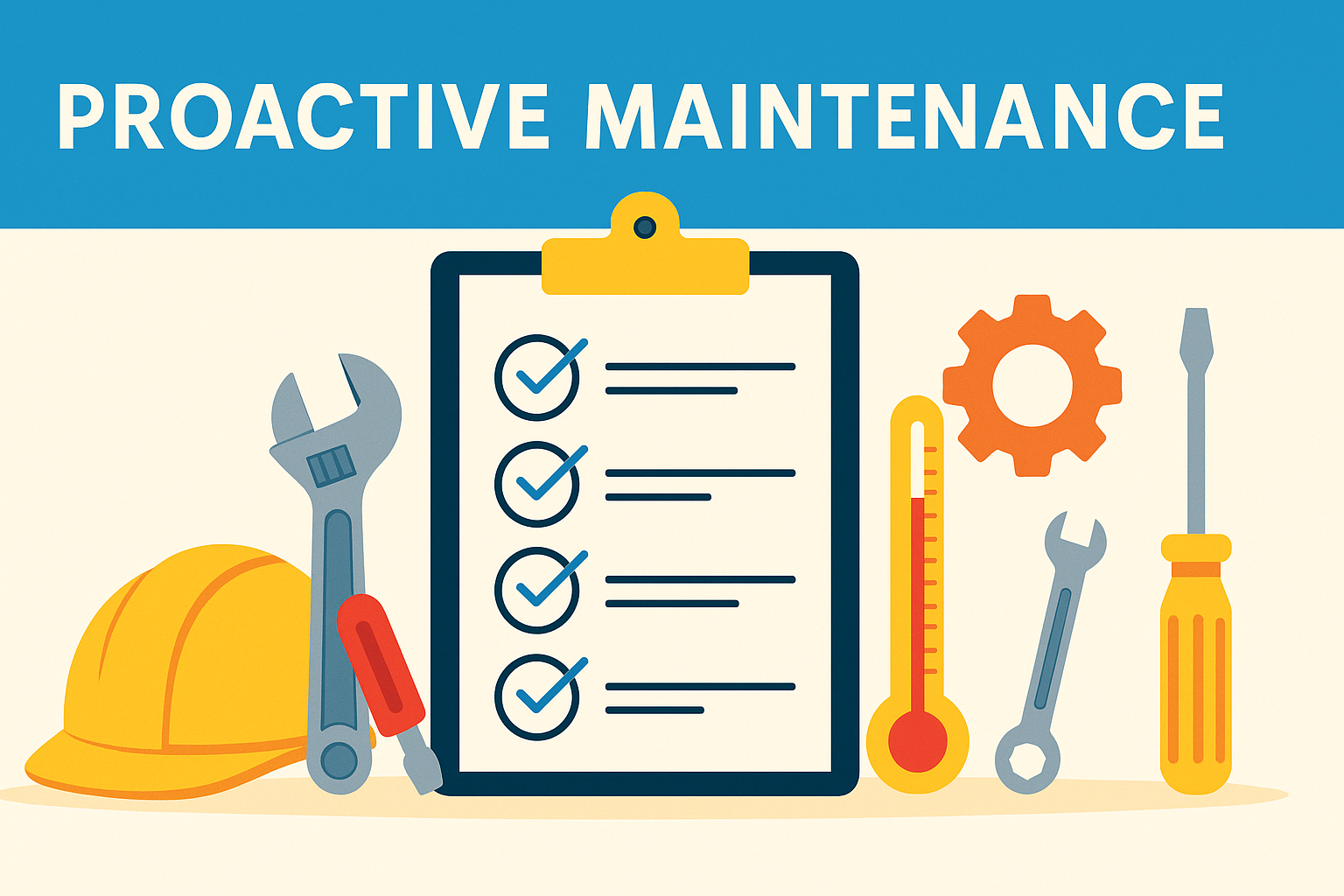In the world of property management, few topics cause more tension between owners and managers than maintenance. On the surface, maintenance looks like an unavoidable cost. Yet, many landlords understandably want to minimize expenses, especially when margins feel tight. But what often gets overlooked is that neglected maintenance isn’t just a cost savings measure—it’s a profit killer.
Industry data consistently shows that deferred maintenance is the second most common reason residents choose not to renew their leases. When maintenance issues are ignored, two things happen almost immediately:
Trust erodes. Residents start to feel undervalued, leading them to explore other housing options.
Vacancy risk spikes. When residents leave, owners face both turnover expenses and vacancy losses.
The result? What started as saving a few hundred dollars often snowballs into thousands lost through repairs, lost rent, and extended vacancy.
The Hidden Cost of Deferred Maintenance
When residents move out because of poor maintenance, owners lose in multiple ways:
Turnover costs: Painting, cleaning, flooring replacements, and repairs can easily run several thousand dollars.
Vacancy loss: Every week the property sits empty represents hundreds of dollars in lost rent income.
Weaker leasing power: Properties with visible neglect—leaky roofs, peeling paint, clogged gutters—become harder to market. They often attract applicants who are less qualified, increasing risk of delinquency or eviction.
Put simply, deferred maintenance doesn’t just save money in the short term—it drains profitability in the long run.
PMI James River's Philosophy: Proactive Maintenance as an Investment
Remember the old adage Prevention is better than cure? At PMI James River, we maintenance is an investment. But an owner doesn't have to wait until a problem arises; they can be proactive as well. Proactive care preserves asset value, reduces the likelihood of costly breakdowns, and increases resident satisfaction—all of which protect the owner’s bottom line.
When owners act early, they:
Avoid disruptive, high-cost emergency repairs.
Avoid small issues from escalating.
Extend the lifespan of appliances, roofs, and HVAC systems.
Encourage residents to renew by showing care and responsiveness.
Protect steady cash flow by avoiding preventable vacancies.
The math couldn’t be simpler: spend a little now, or pay a lot more later.
Every avoided vacancy can represent $3,000–$5,000 in savings when factoring in turnover work and leasing fees. And potentially even more if a vacancy is extended.
Seasonal Risks: Why Fall and Winter Demand Attention
While proactive maintenance is always important, fall and winter pose unique risks for Virginia landlords. Small problems can escalate quickly when colder weather and storms set in.
Roof leaks can become mold outbreaks.
Clogged gutters can lead to foundation damage and ice dams.
Unserviced HVAC systems can fail mid-winter, creating both a habitability crisis and an expensive emergency repair.
Virginia’s freeze-thaw cycles, heavy fall leaf drop, and winter storm patterns make this season particularly high-risk. Proactive care now ensures a smoother experience for residents and protects owners from unwelcome surprises.
Recommended Fall Proactive Maintenance Checklist
Here’s a prioritized list of fall proactive maintenance tasks that deliver the best return on investment (see our year-round checklist here).
1. HVAC Servicing
Heating and cooling are habitability issues. A failed system can trigger emergency calls and regulatory exposure. Semiannual servicing can prevent breakdowns during peak demand.
2. Gutter Cleaning
Virginia’s fall leaf drop clogs gutters fast. Left unchecked, this can lead to basement leaks, foundation issues, and costly water damage.
3. Dryer Vent Cleaning
Often overlooked, this is one of the top causes of house fires. A simple clean-out improves safety and efficiency.
4. Plumbing Check, Winterization, and Water Heater Flush
Prevent frozen pipes, check for slow leaks, and extend water heater lifespan by flushing sediment buildup.
5. Landscape Refresh
While grass may go dormant, tidying leaves, trimming branches, and mulching beds keeps curb appeal strong. First impressions matter to both residents and prospective applicants.
6. Power Washing Exteriors
Algae, dirt, and mildew accumulate quickly in Virginia’s humid climate. Power washing preserves siding, decks, and walkways.
7. Roof Inspection
A professional inspection catches small leaks before they create five-figure water damage claims.
8. Sump Pump Inspection
For properties with basements, this is essential. A working sump pump can prevent catastrophic flooding during storms.
Periodic Items (Non-Annual but Critical)
Certain services aren’t needed yearly but still play a vital role in long-term asset preservation:
Septic Tank Pump-Out – Every 5 years.
Duct Cleaning – Every 3–5 years for efficiency and air quality.
Deck Staining – Every 2–3 years to prevent wood rot and extend deck lifespan.
The Financial Case for Proactive Maintenance
Let’s look at a simplified example.
An owner chooses not to spend $230 on a biannual HVAC tune-ups.
The unit fails mid-winter, resulting in a $1,500 emergency call plus potential resident credits for uninhabitable conditions if there are supply chain shortages.
Frustrated, the resident doesn’t renew. The property sits vacant for two months, costing $1,700 in lost rent per month plus $2,500 in turnover work.
Total loss: $7,800.
Had the owner invested $230, the risk of all those expenses would have been significantly reduced as the issue could've been caught earlier. This is why we tell our clients: proactive maintenance isn’t optional—it’s financial strategy.
FAQs About Proactive Maintenance
How often should I clean my ducts?
Every 3–5 years, unless there are pets, smokers, or allergy-sensitive residents, in which case more frequent cleaning is advised.
Is gutter cleaning really necessary every fall?
In Virginia, yes. Our heavy leaf drop makes clogged gutters a leading cause of water intrusion and foundation issues.
What’s the benefit of flushing a water heater?
Flushing removes sediment buildup, which improves efficiency and can extend the lifespan of the unit by several years.
Do residents notice maintenance?
Absolutely. Quick, professional responses are one of the top factors influencing lease renewals. Residents often cite “responsiveness” as a key reason for staying.
The Bottom Line
Deferred maintenance drains profitability, while proactive care safeguards it. Landlords who treat maintenance as an investment, rather than an expense, protect both their properties and their income streams.
At PMI James River, our approach is simple: act early, act smart, and act with the long-term in mind. Proactive maintenance ensures steady rent, fewer vacancies, and stronger property value.
Pay a little now—or pay a lot more later.


